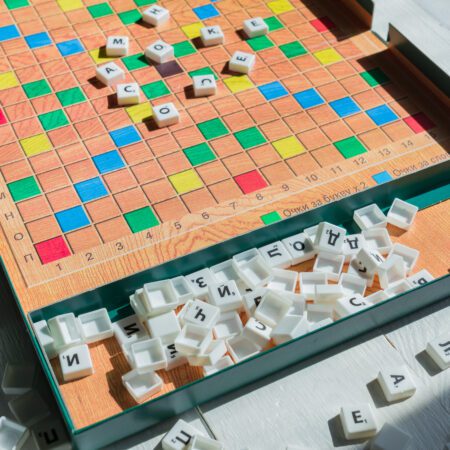Master the art of reading your opponents in poker with these valuable tips and insights. Learn how to interpret facial expressions, betting patterns, and verbal cues to gain an advantage at the table.
Mastering Poker Tells: How to Read Your Opponents
When it comes to poker, the ability to read your opponents can make all the difference between a winning and losing hand. Professional poker players have mastered the art of identifying subtle cues and signals that give them valuable insights into their opponents’ hands. In this article, we will explore the world of poker tells and provide you with the tools you need to become a master at reading your opponents.
The Importance of Poker Tells
Before we dive into the specific tells to look for, let’s discuss why reading poker tells is so crucial. Poker is a game of skill and strategy, but it also involves a significant element of psychology. By observing your opponents closely and identifying their behavioral patterns, you gain an advantage by being able to predict their actions and make more informed decisions.
When you can accurately read your opponents, you can:
- Anticipate their moves
- Adjust your own strategy accordingly
- Bluff more effectively
- Make better decisions regarding whether to call, raise, or fold
Now that we understand the importance of poker tells let’s explore some common tells and how to decipher their meanings.
Facial Expressions and Body Language
One of the most reliable sources of information in poker is your opponents’ facial expressions and body language. These physical cues often reveal whether a player is strong or weak, confident or uncertain, and can give you valuable clues about their next move.
Here are some common facial and body language tells to look out for:
- Eye Movements: A player who avoids eye contact or looks away quickly after making a bet may indicate a strong hand. Conversely, players who maintain eye contact after a bet may be bluffing.
- Microexpressions: These quick, involuntary facial expressions can reveal a player’s true emotions even when they are trying to hide them. Look for signs of discomfort, nervousness, or excitement.
- Hand Movements: Shaking hands, tapping fingers, or fidgeting can suggest nervousness or uncertainty.
- Posture and Positioning: A slumped posture or leaning back in the chair can indicate relaxation and confidence, while a stiff or tense posture may suggest nerves or a strong hand.
Betting Patterns
Betting patterns can provide valuable insights into your opponents’ hands. By paying careful attention to how and when they bet, you can deduce whether they have a strong or weak hand, and adjust your strategy accordingly.
Here are some common betting patterns and their possible meanings:
- Quick Bets: A player who quickly bets or raises may have a strong hand and wants to intimidate other players into folding.
- Slow Bets: Conversely, a player who takes their time before betting may be unsure of their hand or trying to appear strong while bluffing.
- Size of Bets: Large bets may indicate a strong hand, while smaller bets may suggest weakness. However, be cautious of players who vary their bet sizes to deceive opponents.
- Sudden Changes in Betting: A player who suddenly changes their betting pattern may be trying to throw off their opponents or compensate for a weak hand.
Verbal and Psychological Tells
In addition to physical cues, players often reveal information through their words and psychological behavior. Paying attention to the words they use and their reactions to certain situations can give you valuable insights.
Here are some verbal and psychological tells to keep in mind:
- Verbal Cues: Players who are bluffing may use specific phrases or tones of voice to try and deceive their opponents. Listen for any inconsistencies or changes in their speech patterns.
- Reactions to Cards: Watch how players react when they receive their hole cards or when community cards are revealed. A sudden smirk or change in their demeanor may indicate a strong hand.
- Emotional Control: Pay attention to how calm or agitated your opponents appear. Players who can control their emotions are less likely to be influenced by the outcome of a hand.
Remember that reading poker tells is not an exact science, and each player is different. It takes time and practice to become proficient at spotting and interpreting these signals. Start by observing your opponents closely and noting any patterns or tendencies. Over time, you will develop a keen eye for poker tells and be able to use this information to your advantage.
Now that you have a better understanding of poker tells, it’s time to put your knowledge into action. Head over to 7x24casino.com’s Game Tips section to learn more about blackjack winning strategies and how to further enhance your gameplay!










